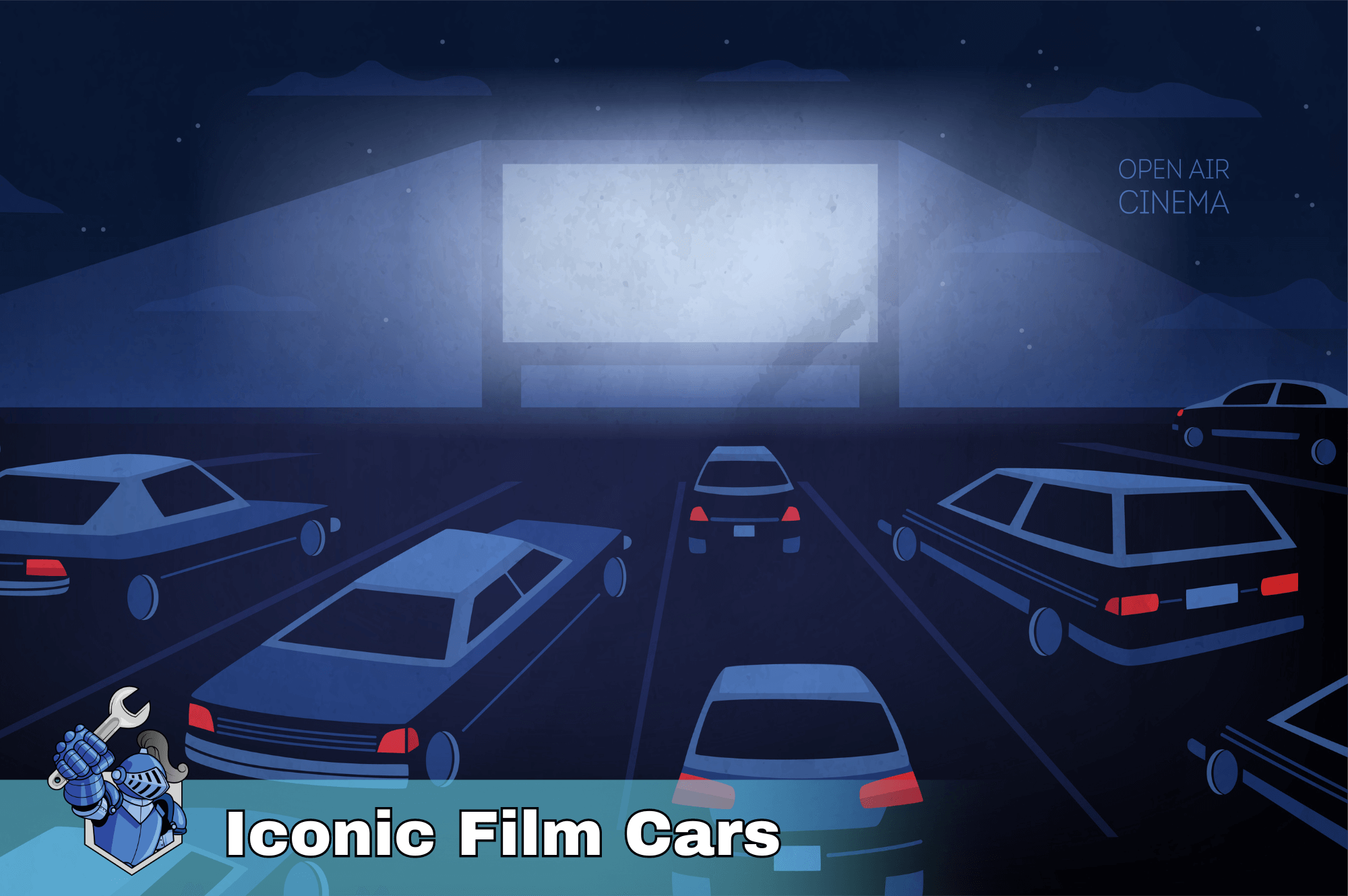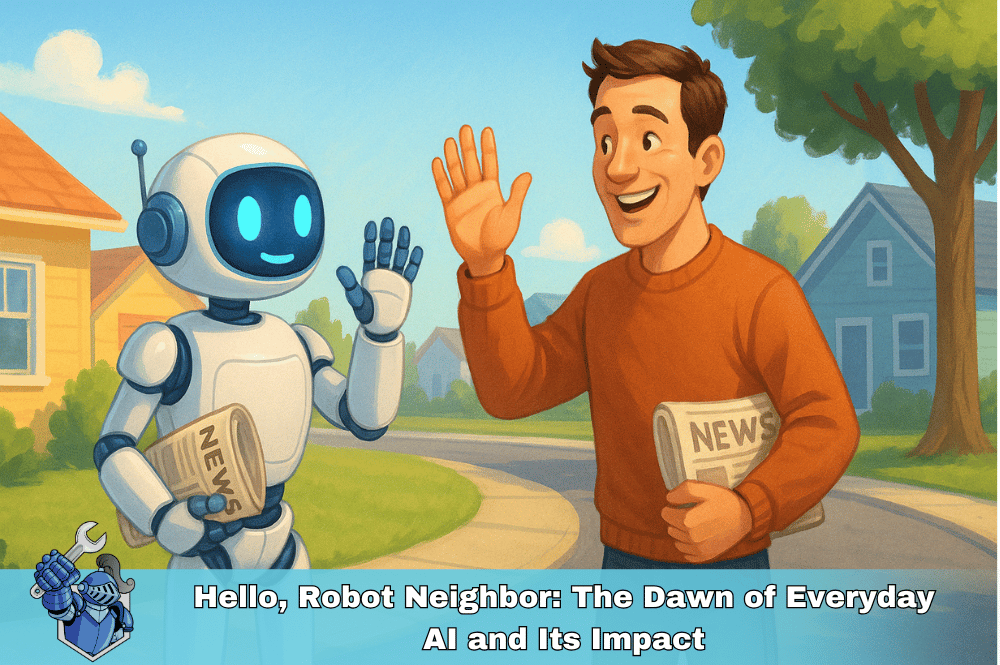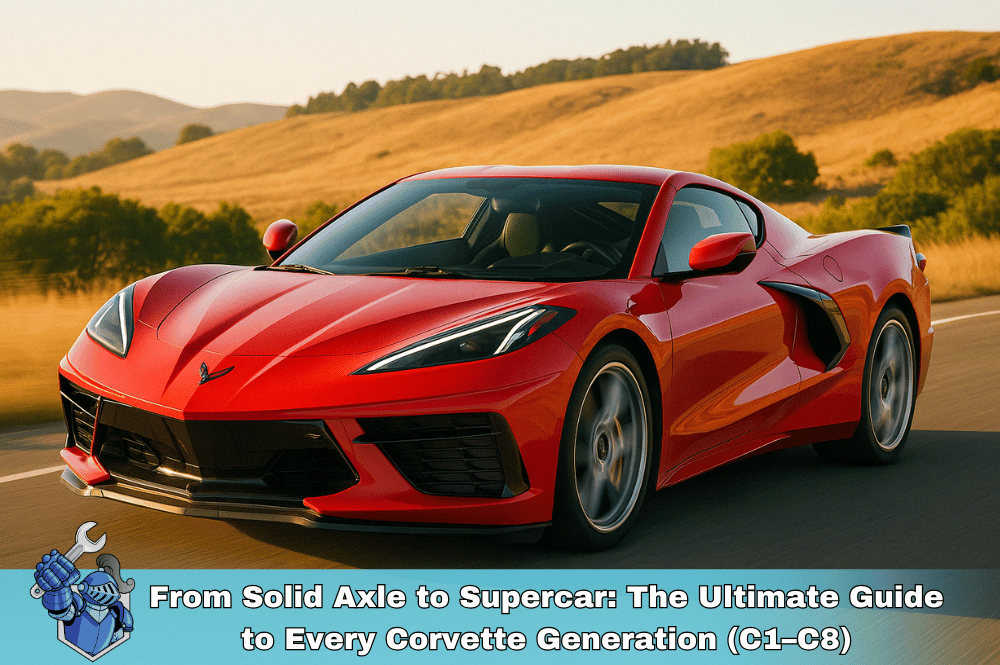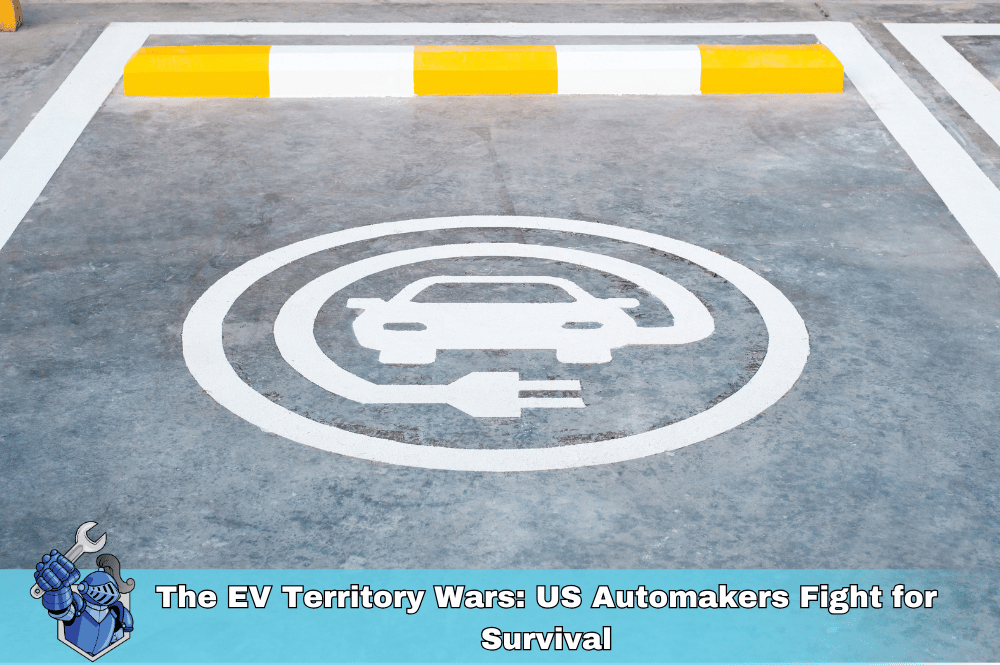Introduction
From the sleek curves of James Bond's Aston Martin to the rugged durability of Mad Max's Interceptor, iconic film cars do more than just get characters from point A to point B; they capture our imaginations, reflect cultural trends, and sometimes even steal the spotlight. Join us on a high-speed journey through the evolution of some of cinema's most unforgettable vehicles.
The Golden Age of Hollywood (1930s-1950s)
Birth of Iconic Cars
The cinematic cars of the early 20th century not only mirrored the latest automotive advancements but also highlighted Hollywood's capacity to glamorize technology. The 1932 Ford Deuce Coupe, driven by Paul Le Mat in "American Graffiti" (1973), though a reflection of 1960s nostalgia, originally epitomized the rebellious spirit of youth and hot rod culture that was romanticized in films from Hollywood's Golden Age.
Style and Substance
The Aston Martin DB5, initially showcased with Sean Connery in "Goldfinger" (1964), marked a new era where cars were as integral to a film's style as costumes or sets. This model became synonymous with sophistication and spy-fueled action, setting a standard for future cinematic vehicles.
The Evolution in the 60s and 70s
Cars as Characters
The 1960s introduced cars that were characters in their own right. The Mini Coopers in "The Italian Job" (1969), driven by Michael Caine and his crew, were not just transport; they were central to the film's plot and critical to its most thrilling sequences.
Technological Advances and Stunts
The green Ford Mustang GT 390 that Steve McQueen drove in "Bullitt" (1968) became almost as famous as McQueen himself, thanks to the film’s groundbreaking car chase scenes. This era saw cars becoming key players in the narrative, capable of adding depth and dynamism to the storytelling.
Modern Blockbusters (1980s-Present)
High-Octane Heroes
The DeLorean DMC-12 from "Back to the Future" (1985), driven by Michael J. Fox, became a cultural icon, representing innovation and adventure. Its role as a time machine encapsulated the film's theme of pushing technological boundaries.
From Practical Effects to CGI
The introduction of CGI has transformed how cars are used in movies, allowing for more spectacular and imaginative scenes. However, franchises like "Fast and Furious" continue to rely heavily on practical effects and real cars to deliver authenticity and adrenaline-pumping action.
Iconic Movie Cars in Popular Culture
Merchandising and Replicas
Cars like the Batmobile from "Batman" (1989), driven by Michael Keaton, extend their influence through merchandise, from small-scale models to life-sized replicas, embodying the film's dark, gothic aesthetic.
Fan Conventions and Exhibits
The Cadillac Ecto-1 from "Ghostbusters" (1984), famously driven by Bill Murray, Dan Aykroyd, Harold Ramis, and Ernie Hudson as the team of eccentric ghost catchers, draws huge crowds at fan conventions, symbolizing a blend of nostalgia and communal fandom. The presence of this iconic vehicle, complete with its distinctive siren and logo, evokes cherished memories of the film and its characters, making it a major draw at these events. Fans of all ages gather to see the Ecto-1, often queuing for photos and sharing stories of their first experiences with the movie, illustrating the lasting impact that film cars can have beyond the screen.
The Future of Movie Cars
Emerging Trends in Automotive Design
As society becomes increasingly aware of environmental issues, films have started to mirror these concerns by incorporating sustainable technologies into their narratives. Electric and autonomous vehicles, once relegated to the background or used sparingly in futuristic settings, are now front and center in the cinematic world. For example, in the film "Blade Runner 2049" (2017), autonomous and eco-friendly vehicles are seamlessly integrated into the dystopian landscape, highlighting a shift towards sustainability. This trend is not only a reflection of the automotive industry's move towards greener alternatives but also shapes public perception of these technologies.
Moreover, the inclusion of these vehicles in films does more than just serve the plot—it encourages viewers to consider the environmental impacts of their own vehicle choices. This cultural shift is supported by real-world advances in automotive design, where major manufacturers are committing to electrification and autonomous features as standard. For more insights into how the automotive industry is embracing these changes, you might find the article "The Future of the Car: Electrified and Autonomous" on The Economist insightful. This piece explores the technological and ethical implications of these emerging trends, offering a comprehensive look at what might soon be driving us into the future.
Sustainability in Cinema
The shift towards sustainable practices is evident in the introduction of hybrid and electric cars in movies, aligning with global environmental consciousness.
The Aesthetics of Iconic Film Cars
Design Elements That Define an Era
The flashy tailfins of the Cadillac from "Ghostbusters" illustrate how specific design elements can encapsulate the essence of an era and contribute to a film's thematic expression.
Color and Character
The choice of bright red for Ferris Bueller's Ferrari in "Ferris Bueller's Day Off" (1986) not only made the car stand out but also complemented the character's larger-than-life personality.
Technological Milestones in Movie Cars
Breakthroughs That Changed the Game
KITT from "Knight Rider" introduced audiences to the concept of a smart, talking car, paving the way for how cars are perceived and utilized in narratives.
The Role of Sound in Iconic Film Cars
The distinct engine roar of the Shelby Mustang GT500 in "Gone in 60 Seconds" (2000) is crucial in defining the car's character and enhancing the film's visceral appeal.
Unforgettable Car Scenes in Film History
Scenes That Captured Audiences
The chase scene in "The French Connection" (1971), featuring a 1971 Pontiac LeMans, remains one of the most intense and realistic portrayals of a car chase in cinematic history.
Choreography on Wheels
"Baby Driver" (2017) showcases the art of driving choreography, turning car maneuvers into a dance that's both visually and rhythmically captivating.
Cultural Impact and Legacy
Cars That Shaped Viewer's Perceptions
The luxury and allure of James Bond's vehicles have significantly influenced audience's perceptions of what constitutes a 'spy car.'
Nostalgia and Revival
Classic cars are often revived in modern films for their nostalgic value, as seen in "Mad Max: Fury Road" (2015), where the Interceptor makes a powerful comeback.
Legal and Ethical Considerations
Licensing and Rights Issues
The integration of real cars into film productions is often more complex than it appears, involving intricate negotiations and legal agreements. These negotiations focus not only on the financial aspects but also on how the vehicle is portrayed within the film. Car manufacturers are particularly sensitive about brand representation, as a negative portrayal could potentially affect public perception and sales.
For instance, a car maker might agree to have their latest model featured in a high-speed chase, provided it's shown to have superior handling and safety features. However, they may require assurances that their vehicle won't be depicted in illegal activities or behaving in a manner that contradicts brand values. This is where product placement agreements come into play, which detail the terms of how a car can be used on screen.
These agreements also include licensing rights, which determine how the car's image can be used outside the film, such as in merchandise, promotional materials, and other media. The car's appearance in the movie might also come with certain conditions, such as the inclusion of the car’s logo in a non-obtrusive but visible manner, ensuring that the brand receives appropriate exposure.
Moreover, these licensing deals can be lucrative for film producers, as automotive brands often pay substantial fees for the placement of their cars in popular films. This arrangement benefits both parties: the film gains an added layer of authenticity and visual appeal with real, modern vehicles, while car manufacturers enjoy the enhanced brand visibility and association with popular culture that comes from being featured in a blockbuster.
The legal landscape also extends to the rights of replica car builders and toy manufacturers, who must navigate copyright and trademark issues when creating products based on movie cars. These rights are often protected vigorously, as they are valuable assets that can generate significant revenue long after a film's release.
Thus, the use of real cars in films is not just a matter of picking a vehicle that fits the scene; it is a complex negotiation that balances creative desires with commercial realities and legal limitations.
Safety and Ethical Considerations
Modern film production adheres to stringent safety protocols, ensuring that thrilling car stunts are performed without compromising the safety of stunt drivers and crews.
As we gear down our cinematic road trip, it's clear that iconic film cars are not just vehicles but vessels of imagination and innovation. They reflect the technological ambitions of their times and continue to rev engines and hearts alike.
Recap of Iconic Cars Mentioned
- 1932 Ford Deuce Coupe, "American Graffiti," 1973
- Aston Martin DB5, "Goldfinger," 1964
- Mini Coopers, "The Italian Job," 1969
- Ford Mustang GT 390, "Bullitt," 1968
- DeLorean DMC-12, "Back to the Future," 1985
- Cadillac Ecto-1, "Ghostbusters," 1984
For more insights into iconic film cars and their lasting legacy, visit our blog and learning center on NobleQuote.com.
Suggestions for you
Read MoreLet’s work together
Every week we showcase three charitable organizations that our donations are sent to. Our clients are able to choose which of these three will receive their gift when they add coverage to their vehicle...




